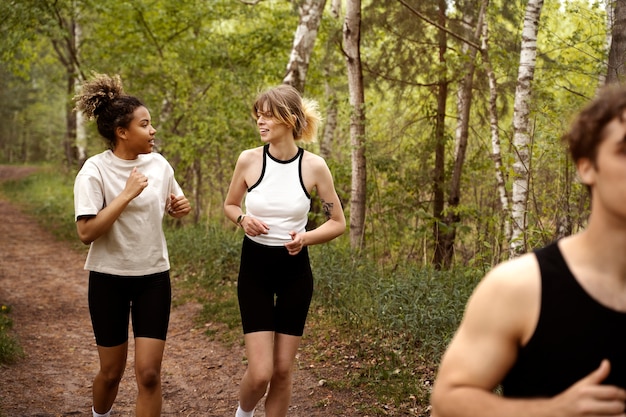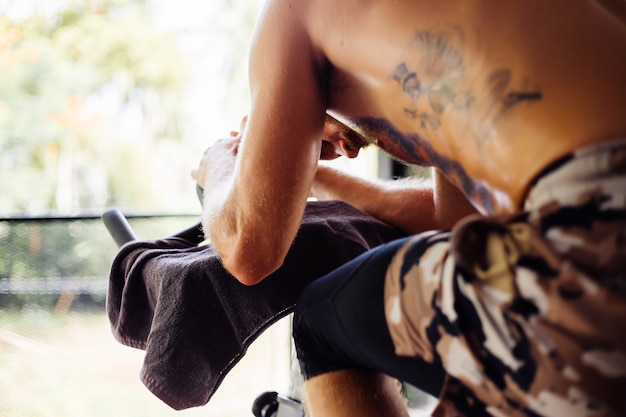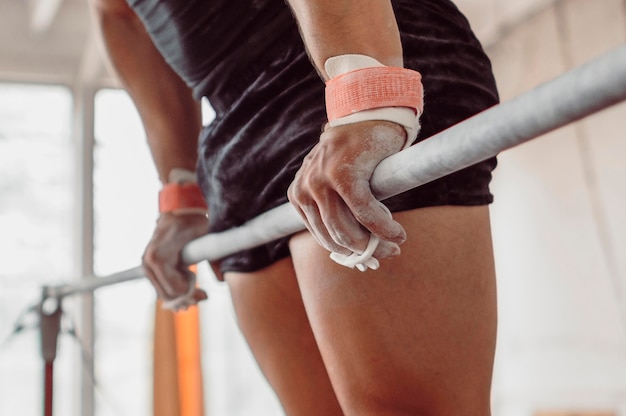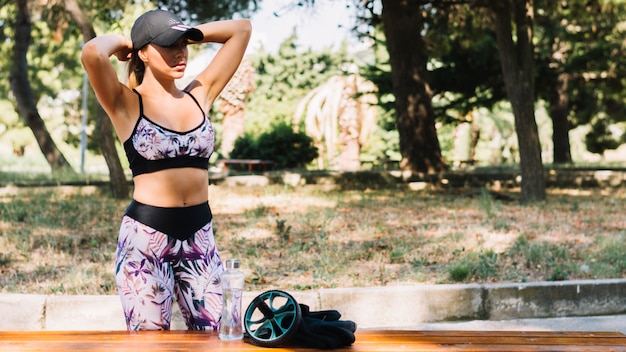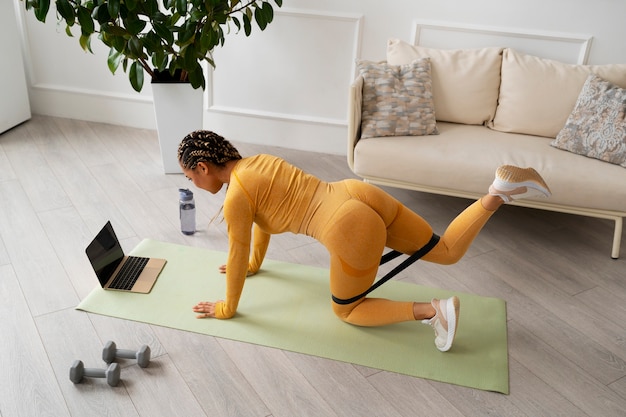Hike Smarter, Not Harder: A 25-Minute Daily Prep Plan for Cyclists
Cyclists know endurance, rhythm, and pushing limits. But when it comes to hiking, many find the shift from smooth pavement to rugged trails surprisingly challenging. The good news? You don’t need hours a day to prepare. With just 25 minutes daily, you can build the strength, balance, and confidence to conquer trails—without sacrificing your cycling routine.
Why Hiking Is Different from Cycling
Cycling is a low-impact, forward-motion sport that primarily works your quads, glutes, and cardiovascular system. Hiking, on the other hand, demands stability, ankle strength, core engagement, and eccentric muscle control—especially on descents. Uneven terrain, elevation changes, and pack weight introduce new physical demands that cycling alone doesn’t address.
The good news? Your aerobic base from cycling gives you a massive head start. The missing piece is neuromuscular adaptation and joint resilience. That’s where a targeted 25-minute daily plan comes in.
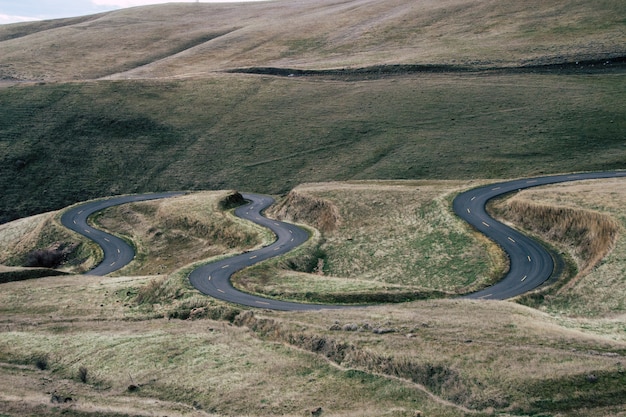
Your 25-Minute Daily Hiking Prep Routine
This daily plan blends strength, mobility, and mental preparation. It’s designed to fit into your schedule without interfering with your rides. Each session is broken into three 8–9 minute blocks.
Block 1: Strength & Stability (8 minutes)
- Step-Ups (2 min): Use a stair or low bench. Focus on controlled movement, driving through the heel. Builds quad and glute strength for uphill hiking.
- Single-Leg Deadlifts (3 min): Use bodyweight or light dumbbells. Improves balance and hamstring engagement—key for trail stability.
- Calf Raises (3 min): Do on a step for full range. Strengthens calves and Achilles tendons, crucial for downhill control.
Block 2: Mobility & Joint Prep (9 minutes)
- Ankle Circles (2 min): Sit or stand. Rotate each ankle clockwise and counterclockwise. Improves agility on uneven ground.
- Hip Openers (3 min): Figure-4 stretch or seated pigeon pose. Releases tight hips common in cyclists.
- Thoracic Spine Rotations (4 min): On all fours, reach one arm under and rotate upward. Enhances posture and breathing efficiency with a backpack.
Block 3: Mental & Tactical Prep (8 minutes)
- Trail Visualization (3 min): Close your eyes. Picture navigating rocky paths, adjusting your pace, and breathing steadily. Builds mental resilience.
- Checklist Review (5 min): Scan a hiking gear checklist. Mentally walk through packing essentials: water, layers, map, first aid. Reduces anxiety and builds confidence.
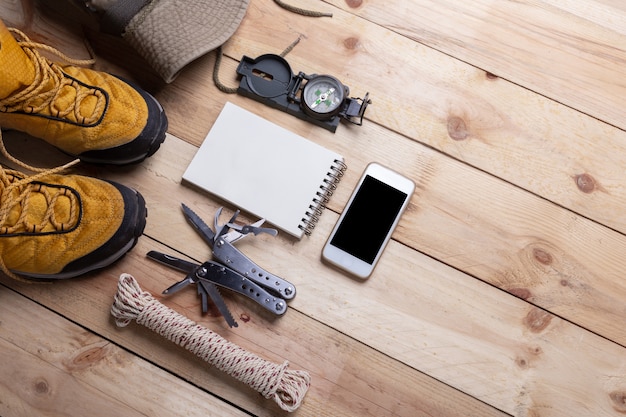
Track Your Progress: Simple Tools That Work
Consistency beats intensity. Use these low-effort tracking methods to stay on course:
- Habit Tracker: Mark an X on a calendar for each completed 25-minute session. Aim for 5 days a week.
- Monthly Milestone Log: Note improvements like "held single-leg deadlift for 30 seconds" or "no ankle wobble on gravel path."
- Trail Test Days: Every 4 weeks, do a short 1–2 mile hike. Record how your body feels compared to the last attempt.
Motivation Cues to Keep You Going
Motivation fades—cues keep you moving. Anchor your routine to existing habits:
- Post-Ride Routine: Do your 25-minute prep right after your cool-down stretch.
- Visual Cue: Leave your hiking shoes and resistance band by your front door.
- Audio Trigger: Play the same short playlist each day to signal it’s prep time.
- Success Reminder: Keep a photo of a trail you want to hike on your phone’s home screen.
Bonus Tips for Cyclists Turning Hikers
- Wear Hiking Shoes Around the House: For 10 minutes a day, walk on hard floors. Helps break them in and improves proprioception.
- Practice Load-Bearing: Once a week, wear a light backpack during your prep routine. Prepares your spine and shoulders.
- Use Your Bike Commute: If possible, ride partway to a trailhead and walk the last mile. Combines both passions.
Final Thoughts: Small Steps, Big Trails
You don’t need to overhaul your fitness to start hiking. As a cyclist, you already have the engine—now it’s time to build the chassis. Just 25 minutes a day strengthens the supporting systems your body needs for trail success.
By combining physical prep, smart tracking, and mental cues, you’ll transition smoothly from saddle to summit. The trail isn’t a test—it’s an invitation. And with this plan, you’re already ready to accept it.






